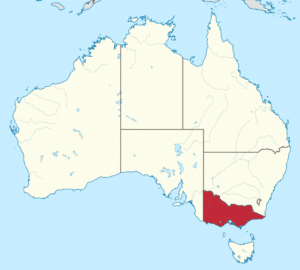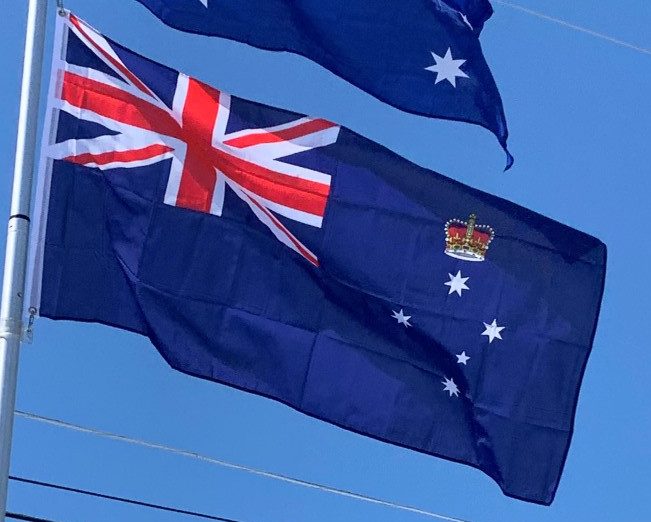Introduction:
Victoria is a state in south-eastern Australia. Victoria is Australia’s smallest mainland state and its second-most populous state (after New South Wales) overall, thus making it the most densely populated state overall. Most of its population lives concentrated in the area surrounding Port Phillip Bay, which includes the metropolitan area of its state capital and largest city, Melbourne, Australia’s second-largest city. Victoria is bordered by Bass Strait and Tasmania to the south, New South Wales to the north, the Tasman Sea to the east, and South Australia to the west.

The area that is now known as Victoria is the home of many Aboriginal people groups, including the Boon wurrung, the Bratauolung, the Djadjawurrung, the Gunai/Kurnai, the Gunditjmara, the Taungurong, the Wathaurong, the Wurundjeri, and the Yorta Yorta. There were more than 30 Aboriginal languages spoken in the area prior to the European settlement of Australia. The Kulin nation is an alliance of five Aboriginal nations which makes up much of the central part of the state.
With Great Britain having claimed the half of the Australian continent that is east of the 135th meridian east in 1788, Victoria formed part of the wider colony of New South Wales. The first European settlement in the area occurred in 1803 at Sullivan Bay, and much of what is now Victoria was included in 1836 in the Port Phillip District, an administrative division of New South Wales. Named in honor of Queen Victoria, who signed the division’s separation from New South Wales, the colony was officially established in 1851 and achieved self government in 1855. The Victorian gold rush in the 1850s and 1860s significantly increased both the population and wealth of the colony, and by the time of the Federation of Australia in 1901, Melbourne had become the largest city and leading financial center in Australasia. Melbourne served as federal capital of Australia until the construction of Canberra in 1927, with the Federal Parliament meeting in Melbourne’s Parliament House and all principal offices of the federal government being based in Melbourne.
The economy of Victoria is highly diversified, with service sectors including financial and property services, health, education, wholesale, retail, hospitality and manufacturing constitute the majority of employment. Victoria’s total gross state product (GSP) ranks second in Australia, although Victoria ranks fourth in terms of GSP per capita because of its limited mining activity. Culturally, Melbourne hosts a number of museums, art galleries, and theaters, and is also described as the world’s sporting capital. The Melbourne Cricket Ground, the largest stadium in Australia and the Southern Hemisphere, hosted the 1956 Summer Olympics and the 2006 Commonwealth Games. The ground is also considered the “spiritual home” of Australian cricket and Australian rules football, and hosts the grand final of the Australian Football League (AFL) each year, drawing crowds of approximately 100,000. Nearby Melbourne Park has hosted the Australian Open, one of tennis’ four Grand Slam events, annually since 1988. Victoria has eight public universities, with the oldest, the University of Melbourne, dating from 1853.
